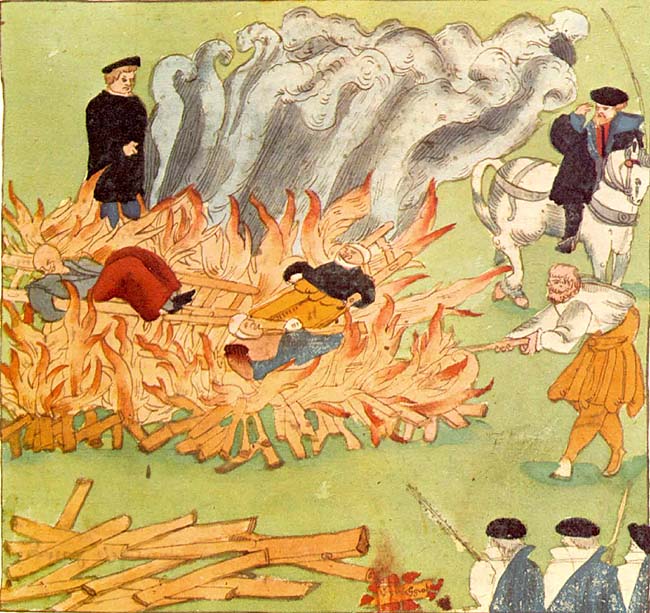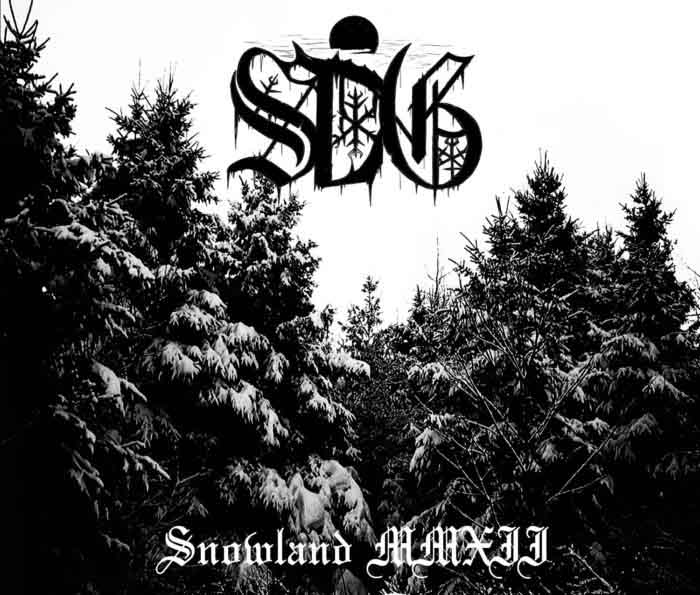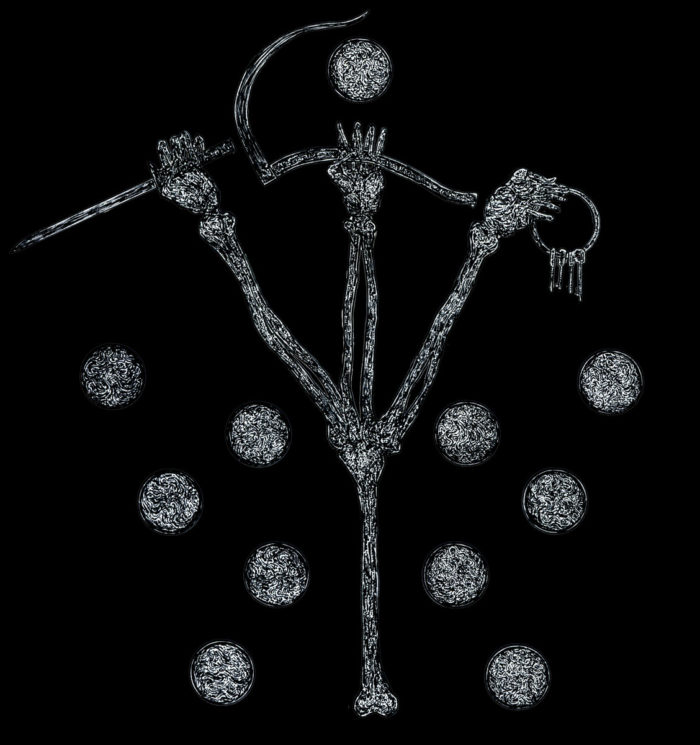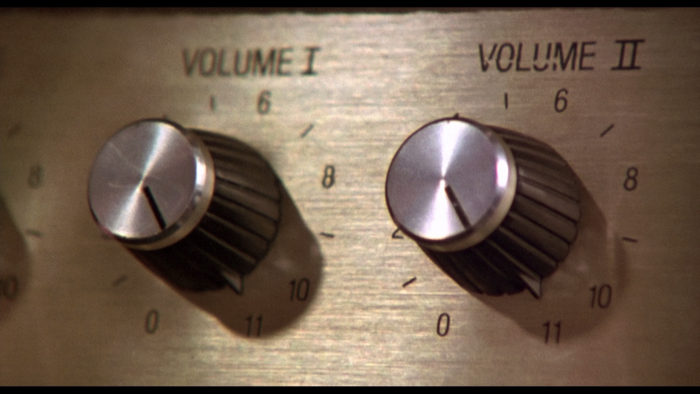
Article by David Rosales.
A trend in the modern conception of anything has been that the newer something else, the better we expect or assume it to be. Experience in reality, however, has also given rise to another perception: that the new tends to be worse and not better. Attempts at rationalizing this drive the pseudo-intellectual, pro-sheeple crowd to say that times just change, but ratios of quality do not vary. This is not only unscientific but an obvious politically correct answer that has as its premise that everyone is equal, and hence, that the resulting products of these “equal” people must also be probabilistically equal. Impermeable external influence seems to them the only changing factor, with the internal being either infinitely constant or practically negligible. This is assumed and then possible causes are haphazardly and desperately pieced together, the answer is assumed and then anything is either positive evidence or brushed aside if too problematic to incorporate into the fairy tale. Ignorance compounded with pretense and emotional insecurity always results in capricious imposition of an arbitrary and dogmatic concepts and scale of values.
29 CommentsTags: Bathory, hell awaits, slayer, Under the Sign of the Black Mark, underground, underground metal, underground music, underground never dies










